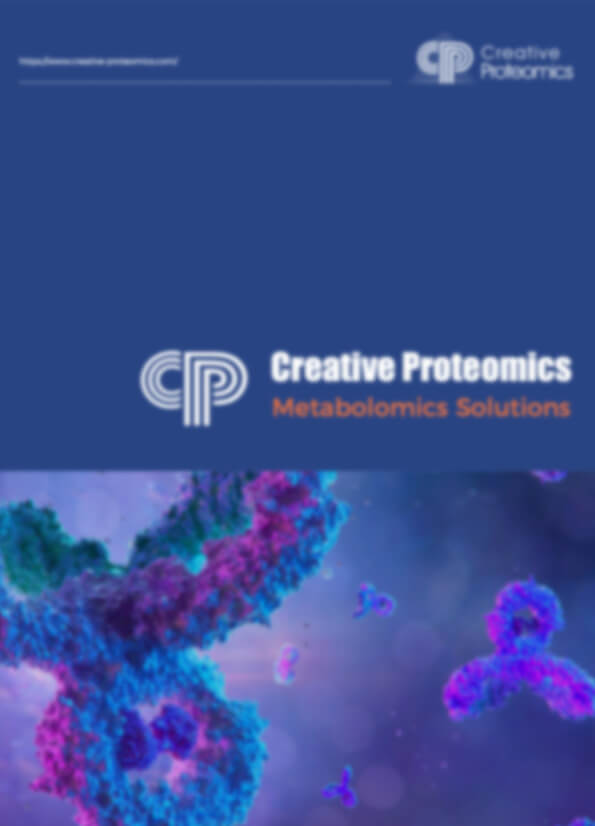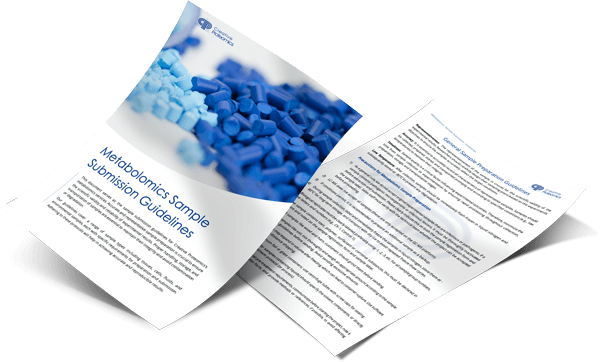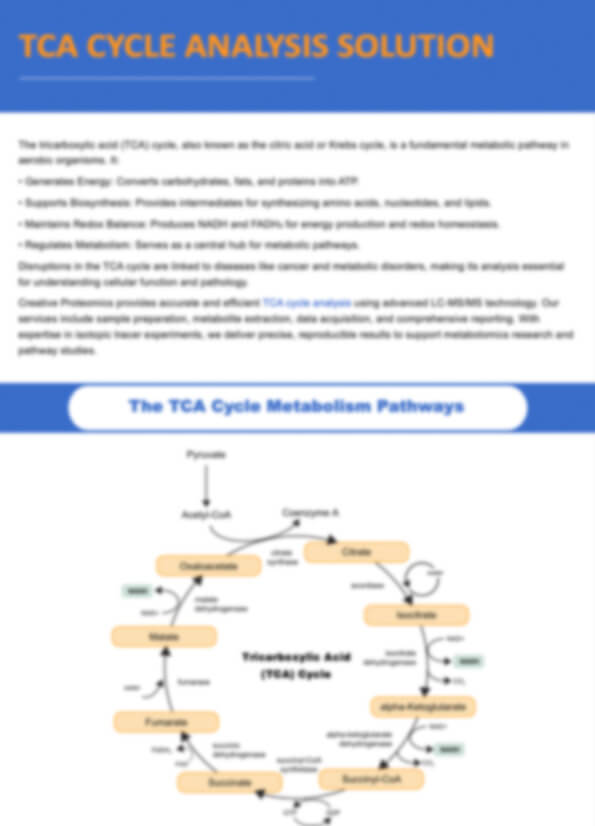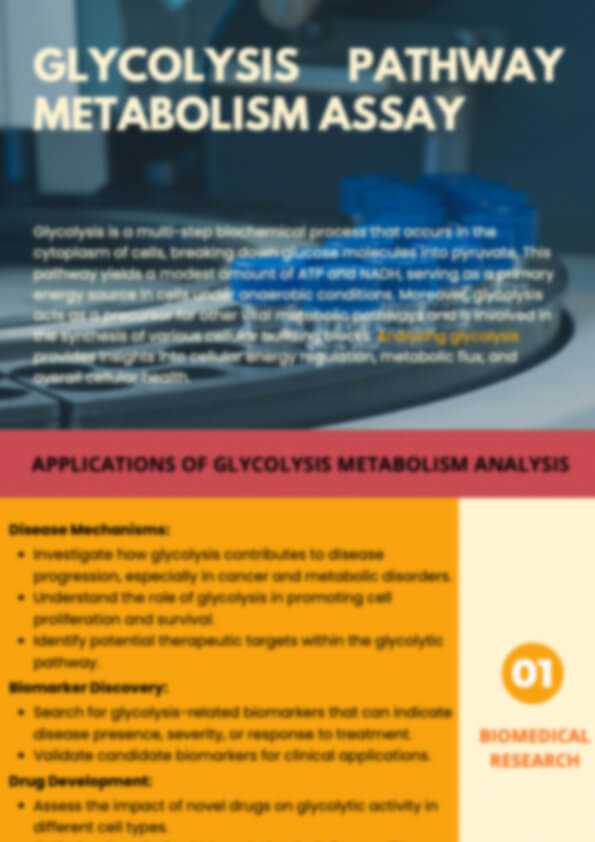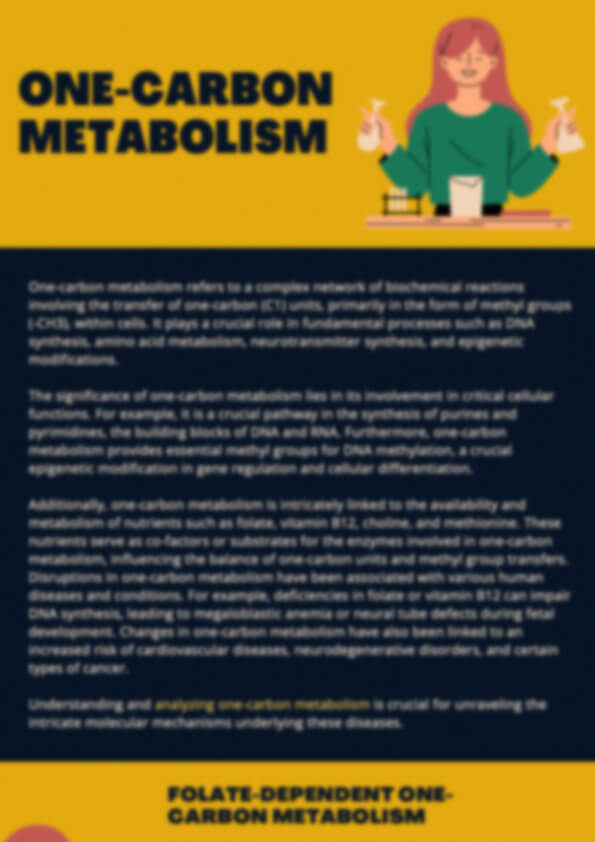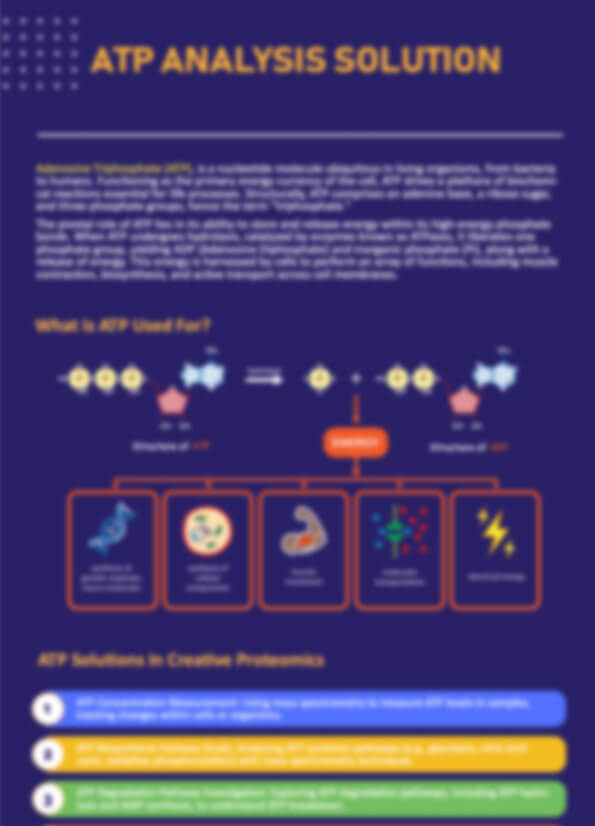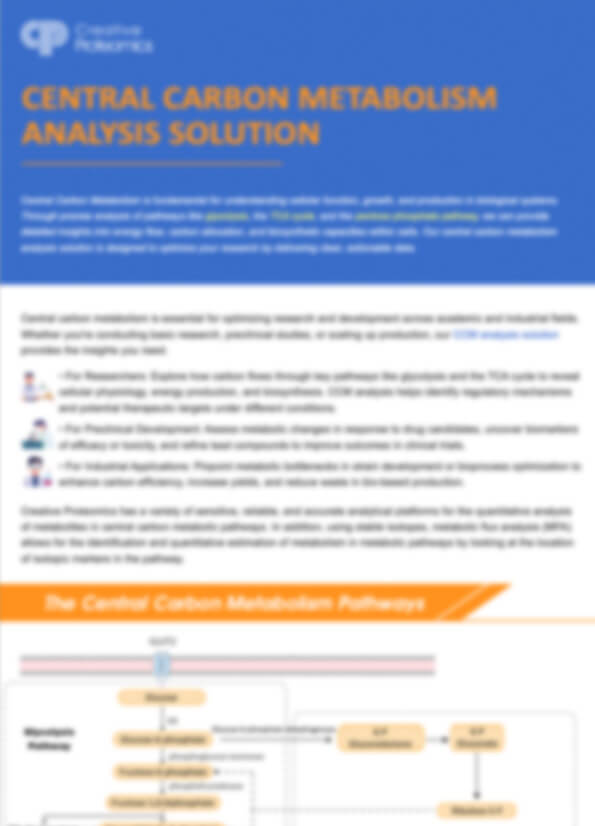Decode Energy Metabolism Pathway with LC-MS Analysis Services
When it comes to understanding how cells generate energy, precision is everything. Cellular energy metabolism—through pathways like glycolysis, the TCA cycle, and oxidative phosphorylation—powers virtually every biological function. That's why researchers are turning to systems biology and omics-based approaches to see the full picture.
At Creative Proteomics, we offer an advanced Energy Metabolism Pathways Analysis Service that provides detailed, quantitative insights into how energy is produced and consumed across different biological states.
| Feature | Description |
|---|---|
| Core Pathways | Glycolysis, TCA Cycle, β-Oxidation, Oxidative Phosphorylation |
| Technologies Used | LC-MS/MS, GC-MS, NMR Spectroscopy |
| Applications | Cancer, Obesity, Personalized Medicine, Microbial Metabolism |
| Service Advantage | 80+ Metabolites, Fast Turnaround, Expert Support |
Submit Your Request Now
×- Key Energy Pathways
- What We Offer
- Workflow
- Platform
- Metabolites
- Application
- Advantage
- Sample Requirement
- Case Study
- FAQ
- Publication
What Is Energy Metabolism Pathways Analysis—and Why Is It So Important?
Energy metabolism pathways analysis decodes how cells convert nutrients into energy. This service maps key reactions in glycolysis, the tricarboxylic acid (TCA) cycle, and oxidative phosphorylation to reveal cellular energy regulation and dysfunction.
Understanding these pathways is vital in biomedical research, helping identify disease biomarkers, assess treatment effects, and support therapeutic innovations. Whether in cancer, neurodegeneration, or metabolic syndrome, energy metabolism is central to discovery.
Furthermore, disturbances in metabolic pathways are increasingly recognized as early indicators of disease progression. Metabolomic profiling allows researchers to detect subclinical changes that may not yet be visible at the genomic or proteomic level.
Key Energy Pathways We Analyze: A Comprehensive Map of Cellular Energy Flow
Key Energy Pathways
- Glycolysis
- TCA Cycle
- β-Oxidation of Fatty Acids
- Oxidative Phosphorylation
- ATP Metabolism
- Expanded Metabolite Coverage
- Custom Metabolic Pathway Panels
Glycolysis & Pentose Phosphate Pathway
These foundational pathways generate quick energy and biosynthetic precursors—especially under anaerobic or high-stress conditions.
- Glycolysis: Key to tumour metabolism via the Warburg effect, where cells prefer glycolysis even in oxygen-rich environments.
- Pentose Phosphate Pathway (PPP): Supports nucleotide biosynthesis and antioxidant defence by producing NADPH and ribose 5-phosphate.
Also known as the Krebs cycle, this mitochondrial process connects carbohydrate, lipid, and protein metabolism.
We monitor intermediates like citrate, succinate, and α-ketoglutarate to assess mitochondrial efficiency and anaplerotic flux.
β-Oxidation of Fatty Acids
This pathway breaks down fatty acids into acetyl-CoA, feeding the TCA cycle and ketone production.
It's central to obesity, non-alcoholic fatty liver disease, and metabolic syndrome research.
Oxidative Phosphorylation
This is the final energy yield stage where NADH and FADH₂ donate electrons to the mitochondrial electron transport chain, generating bulk ATP.
Impairment in this pathway often underlies mitochondrial diseases and neurodegeneration.
ATP Metabolism: Beyond Production
Our panel also examines:
- ATP biosynthesis from glycolysis, TCA, and oxidative phosphorylation
- ATP degradation, including hydrolysis and conversion to AMP
- Key enzyme activities, such as ATP synthase and ATPases
Expanded Metabolite Coverage for Deeper Insight
We've recently upgraded our detection platform to include emerging metabolic indicators:
- D-Ribose 5-phosphate – vital for DNA/RNA synthesis
- L-2-Hydroxyglutaric acid – a novel biomarker in glioma and brain tumours
- NAD⁺/NADH – a real-time snapshot of redox balance and cellular stress
These advanced metrics uncover hidden disruptions in cellular redox state, metabolic bottlenecks, and feedback loops critical to disease progression.
Need a Custom Approach?
For researchers with disease-specific goals, we offer custom metabolic pathway panels—tailored to your therapeutic area, from cancer to neurodegeneration.
What We Offer
Targeted & Untargeted Metabolite Profiling
Using LC-MS/MS and GC-MS, we perform both targeted and untargeted profiling of key energy-related metabolites.
- Track fluctuations across glycolysis, the TCA cycle, β-oxidation, and oxidative phosphorylation.
- Compare profiles across physiological conditions, disease models, or drug treatments.
Expanded Metabolite Coverage for Deeper Insight
We now quantify 80+ energy metabolites, enabling richer, more dynamic insights into cellular metabolism.
How We Perform Energy Metabolism Pathways Analysis at Creative Proteomics
Our workflow integrates state-of-the-art analytics with robust quality control and data interpretation:
- Sample Preparation: Optimized for minimal degradation and matrix-specific requirements
- Metabolite Extraction: Solvent systems tailored for polar and non-polar compounds
- Targeted Metabolomics: Quantification of 80+ metabolites using LC-MS/MS and GC-MS
- Data Analysis: Statistical evaluation, fold-change, p-value analysis, and pathway enrichment
We support multiple sample types, including serum, urine, feces, tissues, cell pellets, and biofluids. Our specialists ensure every project is customized for research aims and sample constraints.
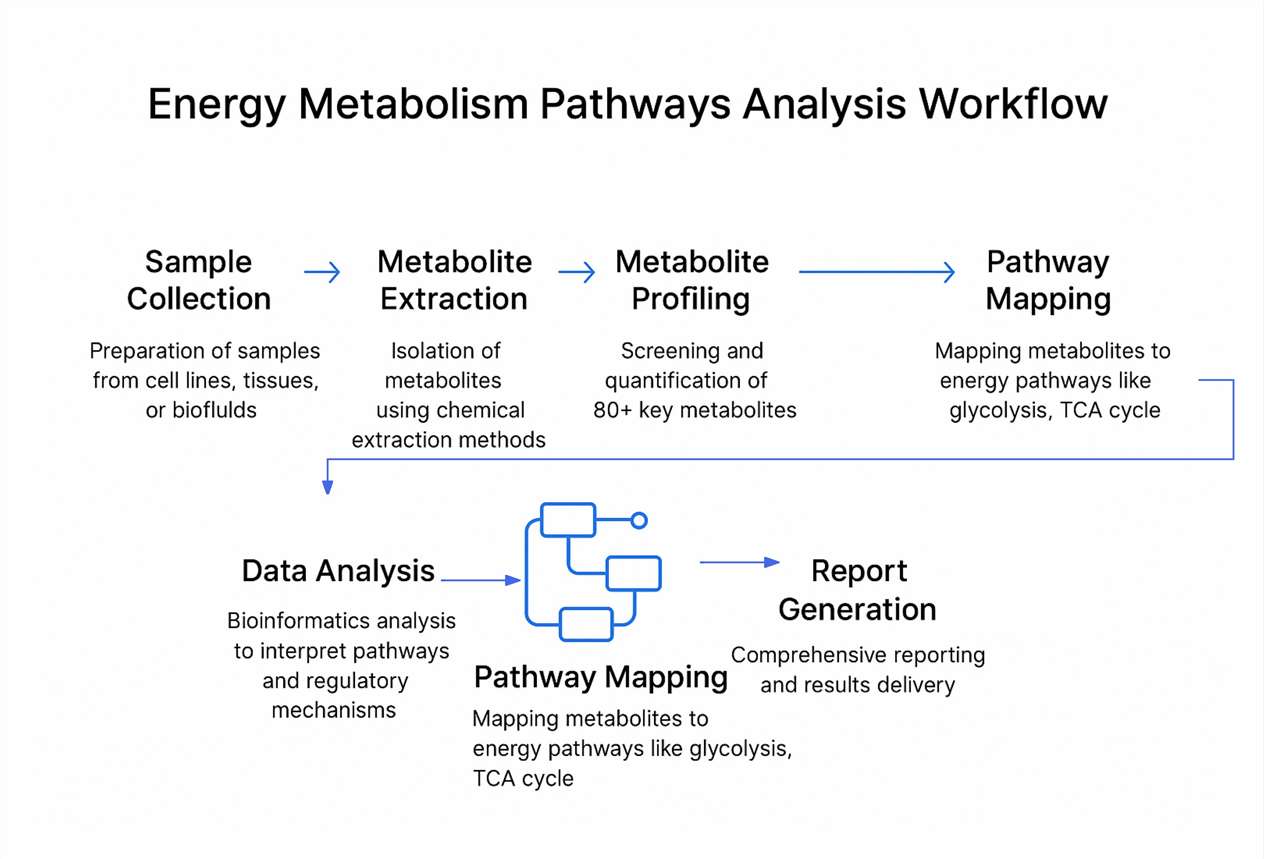
Advanced Technologies Driving Our Energy Metabolism Pathways Analysis Service
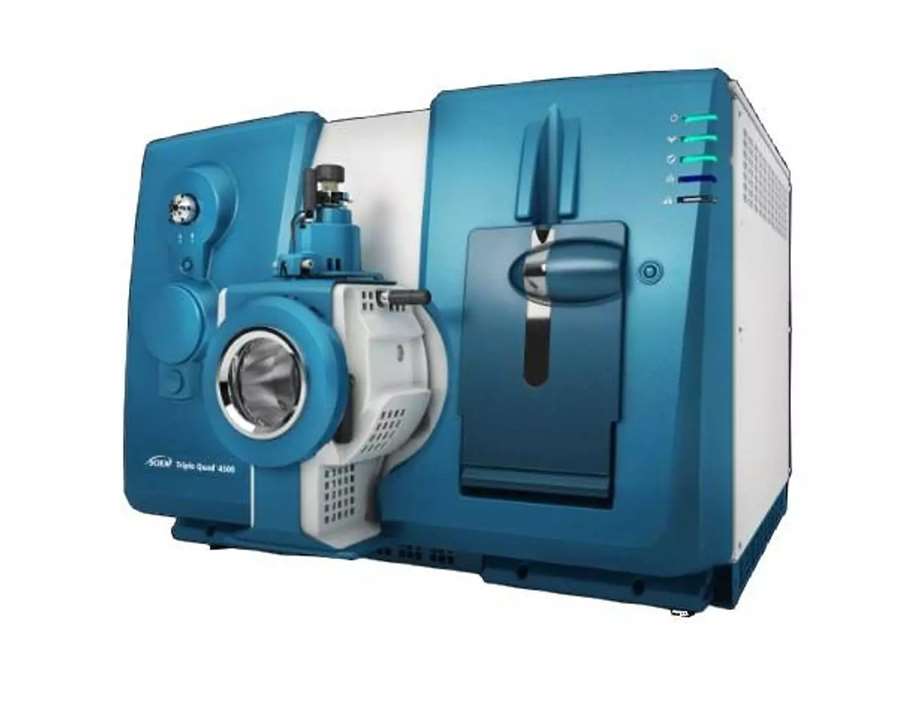
LC-MS/MS
Provides ultra-sensitive detection of metabolites across a wide dynamic range. Essential for measuring labile intermediates and isotope labeling in flux analysis.
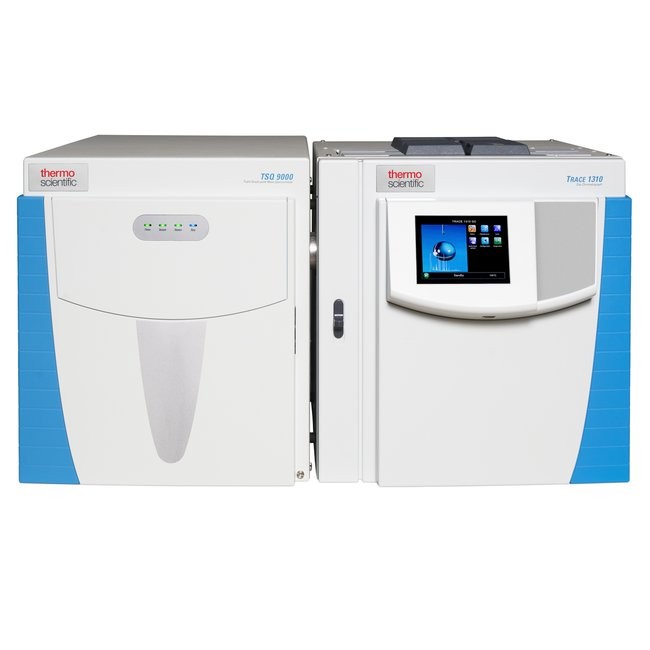
GC-MS
Excels at separating and detecting volatile and semi-volatile compounds. Offers high reproducibility and quantification accuracy.
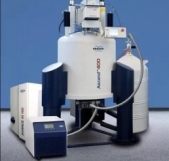
NMR Spectroscopy
A non-destructive tool ideal for validating absolute concentrations of key metabolites. Complements MS by detecting compounds difficult to ionize.
Want to explore how our tech stack supports broader research? See our Metabolomics Services overview.
Representative Metabolites Covered in Our Analysis
Below is a sample table showing key metabolites measured in our Energy Metabolism Pathways Analysis Service:
| Metabolite | Associated Pathway | Detection Method | Biological Significance |
|---|---|---|---|
| Glucose-6-phosphate | Glycolysis | LC-MS/MS | Entry point of glucose metabolism |
| Fructose-1,6-bisphosphate | Glycolysis | LC-MS/MS | Key regulatory intermediate |
| Pyruvate | Glycolysis | LC-MS/MS | Junction between anaerobic and aerobic metabolism |
| Lactate | Glycolysis | LC-MS/MS | Marker of anaerobic glycolysis |
| Citrate | TCA Cycle | LC-MS/MS | Substrate for lipid synthesis |
| α-Ketoglutarate | TCA Cycle | LC-MS/MS | Link to amino acid metabolism |
| Succinate | TCA Cycle | LC-MS/MS | Implicated in hypoxia signaling |
| Fumarate | TCA Cycle | LC-MS/MS | Intermediate in electron transport |
| Malate | TCA Cycle | LC-MS/MS | Supports gluconeogenesis |
| Oxaloacetate | TCA Cycle | LC-MS/MS | Regenerates citrate cycle |
| Acetyl-CoA | Fatty Acid Oxidation | GC-MS | Gateway for lipid-derived energy |
| NAD+ | Redox Balance | NMR / LC-MS/MS | Coenzyme in oxidation-reduction reactions |
| NADH | Redox Balance | NMR / LC-MS/MS | Electron donor in mitochondrial respiration |
| FAD | Redox Balance | NMR / LC-MS/MS | Cofactor in oxidative enzymes |
| FADH2 | Redox Balance | NMR / LC-MS/MS | Transfers electrons to the electron transport chain |
| ATP | Energy Currency | LC-MS/MS | Primary molecule for energy transfer |
| ADP | Energy Currency | LC-MS/MS | Precursor to ATP, energy sensor |
| AMP | Energy Currency | LC-MS/MS | Signals cellular energy deficit |
| D-Ribose 5-phosphate | Pentose Phosphate Pathway | LC-MS/MS | Precursor for nucleotide synthesis |
| L-2-Hydroxyglutaric acid | Oncometabolism | LC-MS/MS | Biomarker of metabolic dysregulation in cancer |
These metabolites are central to understanding dynamic energy flows and redox regulation within cells. Our expanded panel ensures a comprehensive and precise analysis of bioenergetics in various contexts, with high specificity enabled by tailored sample extraction protocols and advanced instrumentation.
Applications of Energy Metabolism Pathway Analysis
This service has enabled breakthroughs in diverse areas:
- Cancer Metabolism
Characterize altered metabolic flux in tumors. Discover how hypoxia, oncogenes, and nutrient availability shape bioenergetic profiles.
- Microbial & Plant Systems
Evaluate carbon source utilization or stress tolerance. Energy metabolism guides strain engineering for bioproduction.
- Obesity, Diabetes & Metabolic Syndrome
Quantify shifts in glucose, lipid, and ketone body metabolism in animal models or patient samples.
See how we supported lipid profiling in disease models: Lipid Metabolism Analysis.
Why Choose Creative Proteomics for Energy Metabolism Pathways Analysis
Whether you're decoding cancer metabolism, evaluating mitochondrial efficiency, or tracking nutrient flux in plants, Creative Proteomics delivers clarity through data. Here's why clients across pharma, agri-research, and biomedical science continue to trust our platform:
- Unmatched Analytical Performance
- Ultra-sensitive detection of low-abundance metabolites ensures high-confidence results, even in complex matrices.
- Reproducibility you can rely on—essential for regulatory submission, clinical development, and longitudinal studies.
- Comprehensive & Customizable Coverage
- Quantify 80+ metabolites across glycolysis, the TCA cycle, pentose phosphate pathway, and fatty acid oxidation.
- Easily customize panels to include emerging biomarkers like L-2-hydroxyglutarate or NAD⁺/NADH ratios.
- Expert Support, Every Step of the Way
- Work with PhD-level analysts who not only generate data—but help you interpret it.
- Receive clear, publication-ready reports with biological insights and pathway mapping.
- Fast Turnaround Times
Our streamlined workflow and dedicated team ensure rapid data delivery—ideal for time-sensitive projects or grant deadlines.
- Scalable, Industry-Proven Solutions
- From pilot screens to large-scale biomarker discovery, our service scales with your research needs.
- Trusted by leaders in pharmaceuticals, agriculture, and nutrition science for targeted and untargeted metabolomics.
- Bioinformatics & Pathway Mapping
Our integrated analysis platform doesn't stop at data collection. We help you:
- Visualise metabolic flux with custom pathway maps
- Identify regulatory bottlenecks and enzyme activity patterns
Sample Requirements
| Sample type | Recommended sample size | Pre-treatment and storage |
|---|---|---|
| Tissue | 100-200 mg | Snap freezing in liquid nitrogen, stored at -80℃. |
| Urine | 200-500 μL | 5000×g 4℃ Centrifuge for 30-60min, remove supernatant, store at -80℃. |
| Serum/plasma | >100 μL | Collected serum/plasma, snap freezing in liquid nitrogen, stored at -80℃. |
| Cerebrospinal fluid, amniotic fluid, bile and other body fluids | >200 μL | 4℃ Centrifuge for 10min, (or filter using 0.22μm membrane), remove supernatant and store at -80℃. |
| Suspension cells | >1*107 | Centrifuge and collect cells after liquid nitrogen snap freezing and store at -80℃. |
| Walled cells | >1*107 | Cultured walled cells are stored in 1.5ml centrifuge tubes, snap freezing in liquid nitrogen and stored at -80℃. |
| Cell supernatant | >2 mL | centrifuge at 4℃ for 3 minutes, take the supernatant and store at -80℃. |
Case Study: Client Success Stories
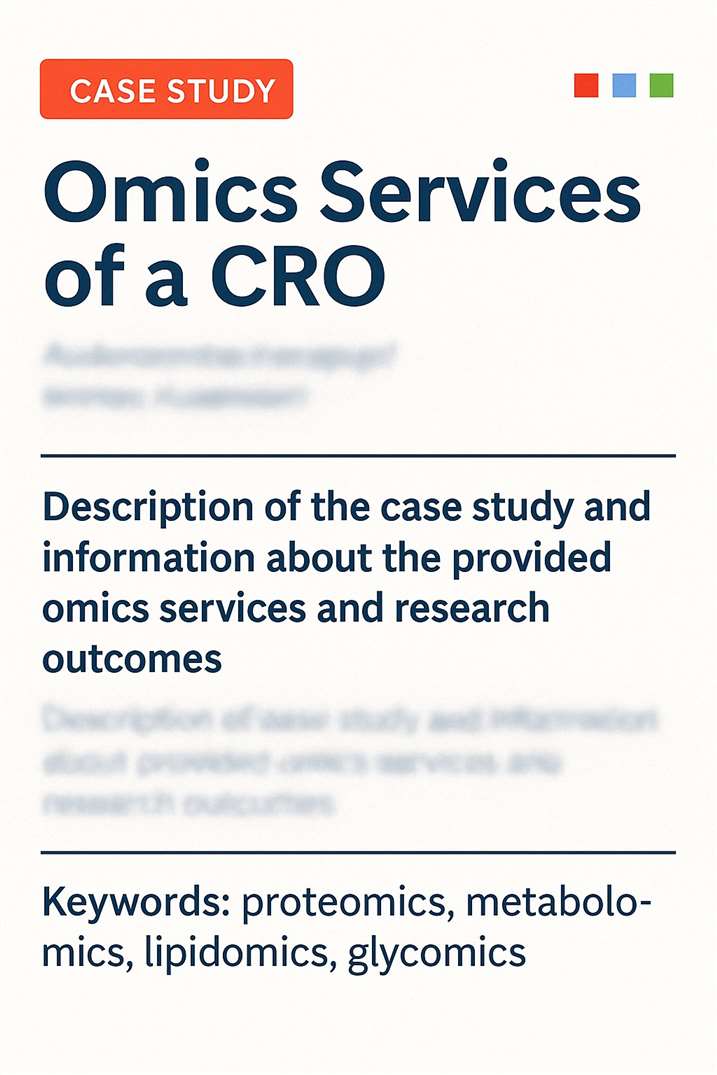
YAP mediates compensatory cardiac hypertrophy through aerobic glycolysis in response to pressure overload
The Journal of Clinical Investigation
https://doi.org/10.1172/JCI150595
- Background
- Methodology
- Creative Proteomics provided
- Findings
- Conclusion
In response to pressure overload (PO), the heart undergoes compensatory hypertrophy to preserve function. Yes-associated protein 1 (YAP), a key effector of the Hippo pathway, plays a critical role in this adaptive process. However, the metabolic mechanisms linking YAP activation to cardiomyocyte hypertrophy remained unclear.
To unravel the metabolic basis of YAP-mediated hypertrophy, researchers employed a comprehensive energy metabolism pathway analysis. Leveraging Creative Proteomics' targeted metabolomics service, they performed high-resolution profiling of glycolytic, auxiliary, and anaplerotic pathway intermediates in mouse heart tissue subjected to transverse aortic constriction (TAC).
- Quantitative metabolomics via GC-MS and LC-MS platforms
- Profiling of glycolytic intermediates (e.g., phosphoenolpyruvate, malate, serine)
- Comparative analysis between wild-type and YAP haploinsufficient (YAPch-KO) mice
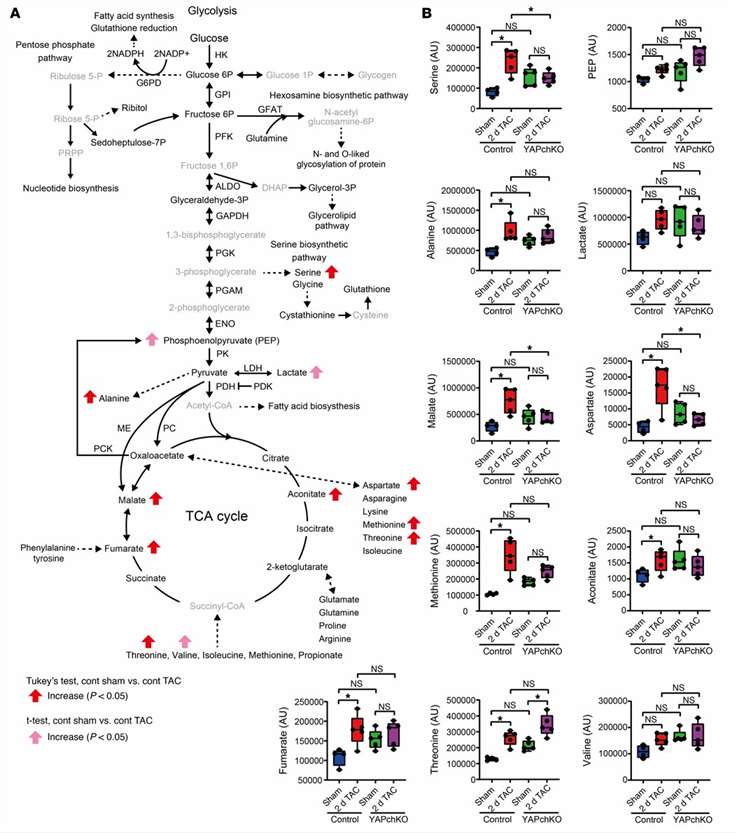 Summary of intermediates of glucose metabolism, shown as box plots
Summary of intermediates of glucose metabolism, shown as box plots
The study revealed that:
- YAP activation upregulated GLUT1 and enhanced glycolytic flux, mimicking the Warburg effect
- Accumulation of key metabolites (e.g., L-serine, L-aspartate, malate) was YAP-dependent
- Loss of YAP impaired glycolytic remodeling and worsened cardiac outcomes under stress
- Overexpression of GLUT1 reversed the adverse effects in YAP-deficient mice
This study demonstrates that YAP promotes adaptive cardiac hypertrophy through aerobic glycolysis. Creative Proteomics' energy metabolism profiling was instrumental in identifying metabolite changes and validating the glycolytic shift in cardiomyocytes. These insights pave the way for novel metabolic targets in heart disease therapy.
Frequently Asked Questions
What is energy metabolism pathways analysis?
It is the mapping and quantification of metabolites that regulate cellular energy production via glycolysis, TCA, and more.
Why is energy metabolism important in research?
Energy pathways are fundamental to survival and pathology. Analyzing them reveals drug effects and disease triggers.
What technologies are used?
We use LC-MS/MS, GC-MS, and NMR to detect metabolites with high precision.
What diseases benefit from this service?
Cancer, diabetes, Alzheimer's, and infectious disease studies all gain critical insight.
Learn about other Q&A about other technologies.
Our Energy Metabolism Pathways Analysis Review

- HDAC4 influences the DNA damage response and counteracts senescence by assembling with HDAC1/HDAC2 to control H2BK120 acetylation and homology-directed repair. Nucleic Acids Research. 2024. https://doi.org/10.1093/nar/gkae501
- YAP mediates compensatory cardiac hypertrophy through aerobic glycolysis in response to pressure overload. The Journal of Clinical Investigation. 2022. https://doi.org/10.1172/JCI150595
- Polyamine metabolism impacts T cell dysfunction in the oral mucosa of people living with HIV. Nature Communications. 2023. https://doi.org/10.1038/s41467-023-36163-2
- Neddylation is required for perinatal cardiac development through stimulation of metabolic maturation. Cell Reports. 2023. https://doi.org/10.1016/j.celrep.2023.112018
References
- Lien, E. C., & Heiden, M. G. V. (2021). Pancreatic β cells put the glutamine engine in reverse. Cell Metabolism. https://doi.org/10.1016/j.cmet.2021.03.010
- Li, Q., Chang, R., Sun, Y., & Li, B. (2016). ITRAQ-Based Quantitative Proteomic Analysis of Spirulina platensis in Response to Low Temperature Stress. PLoS One, 11(11), e0166876. DOI: 10.1371/journal.pone.0166876
- Ye, S., & Eisinger-Mathason, T. K. (2016). Targeting the Hippo pathway: Clinical implications and therapeutics. Pharmacological Research. https://doi.org/10.1016/j.phrs.2015.11.025
- Wang, S., Yang, X., Cui, Y., Guan, H., Xiao, W., & Liu, F. (2024). Regulation of H9C2 cell hypertrophy by 14-3-3η via inhibiting glycolysis. PLoS One, 19(7), e0307696. doi: 10.1371/journal.pone.0307696
